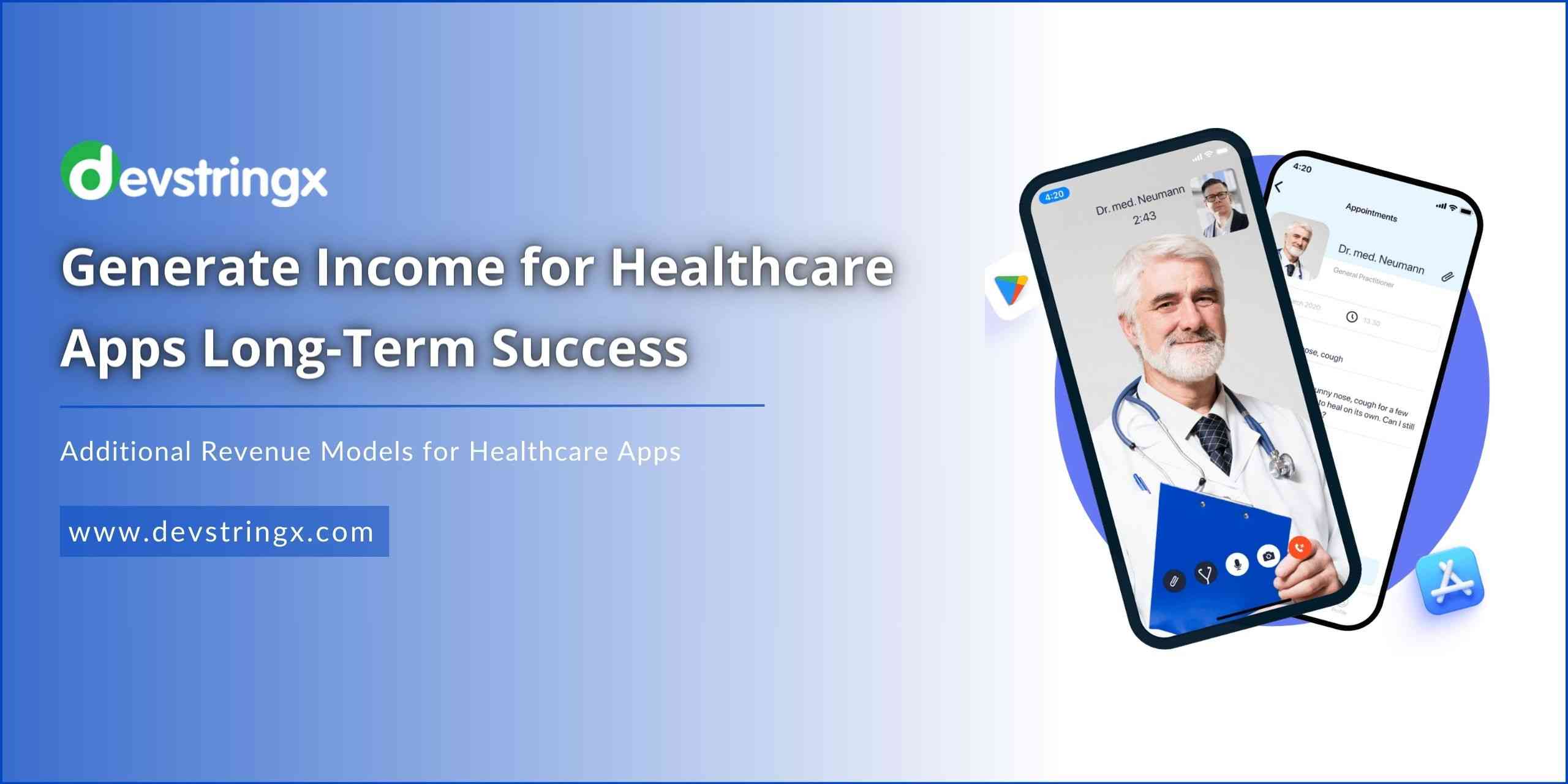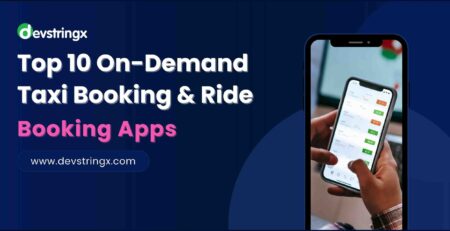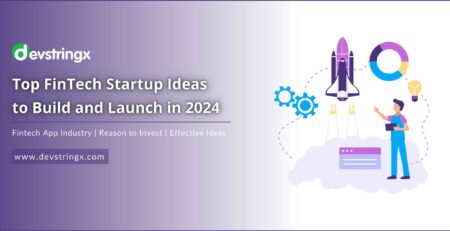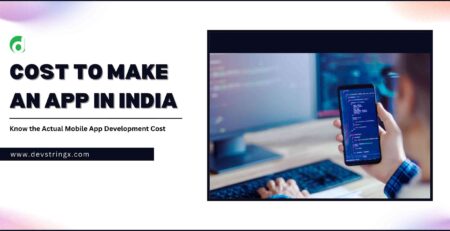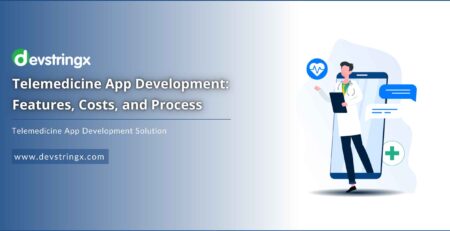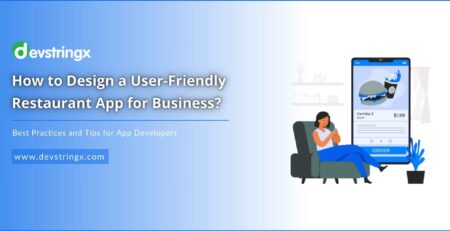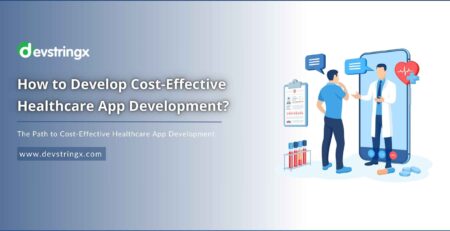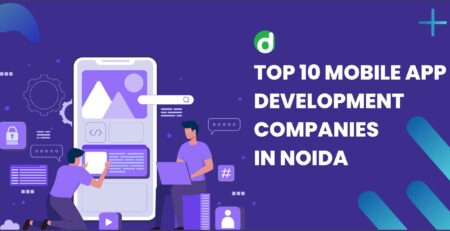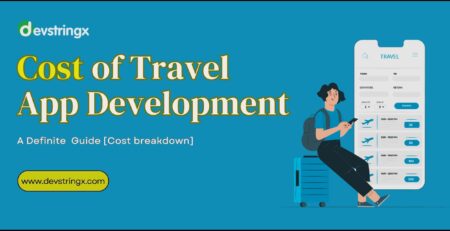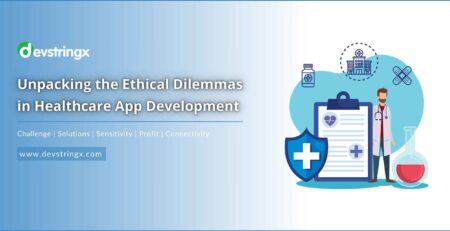Sustainable Ways to Generate Income for Healthcare Apps Long-Term Success – DS
Monetize Healthcare Apps in Long-Term
In the ever-evolving world of digital healthcare, the long-term viability of healthcare apps depends on their ability to establish revenue models. In this article, we will explore strategies for generating income that is crucial for ensuring the continued success of healthcare apps. From subscription-based models to freemium options and innovative approaches like data monetization and personalized services, we explore how these models can provide financial stability while delivering value to users. Our main focus is striking a balance between profitability and user-friendly design so that these apps not only thrive financially but also make positive contributions to healthcare outcomes.
Introduction to Revenue Models in Healthcare Apps
The healthcare industry is increasingly embracing digital solutions, and healthcare apps play a crucial role in this transformation. These apps offer diverse services, such as remote consultations, appointment scheduling, medication management, and chronic disease monitoring. To ensure their long-term viability and success, these apps must adopt adaptable revenue models.
1) Subscription-Based Models
In present times, the subscription-based model has gained immense popularity. This approach involves users subscribing to the app’s services by paying a fee, either monthly or annually. It works well for apps that provide continuous services like health tracking or personalized wellness programs. Subscription models ensure a predictable revenue stream and can be customized to meet the needs of different user groups. For instance, basic plans may include essential features, while expensive plans could offer additional services such as personalized health advice or integration with wearable health devices.
When implementing subscription-based models, healthcare apps must focus on delivering value to justify the recurring cost. It may involve regularly updating the app content, incorporating user feedback to improve the app, and providing customer service. Moreover, offering tiered subscription plans can attract a diverse range of users, from those seeking basic features to those who require comprehensive health management tools.
2) Pay-Per-Service Models
The pay-per-service model is an alternative revenue strategy for healthcare apps that can be highly effective. This model allows users to pay for services within the app based on their needs. It is especially advantageous for apps that offer a diverse range of services as it gives users flexibility in choosing and paying for what they require. For example, users could pay for each consultation or access to diagnostic tools.
This particular model appeals to users who might be hesitant to commit to a subscription but are open to paying for services when needed. One of the benefits of the pay-per-service approach is its flexibility. It allows users to customize their expenses based on their needs and may also encourage them to explore services without a significant financial commitment. However, for this model to succeed, healthcare apps must ensure that the offered services are of quality, competitively priced, and cater specifically to the needs of their user base.
3) Freemium Model
Another approach is the freemium model, which combines premium offerings strategically. With this model, basic functionalities are provided at no cost, while advanced features come with a price tag. This strategy effectively helps build a large user base and subsequently, converts some of these users into paying customers. In healthcare apps, free features could include cost-free features, such as appointment scheduling or access to health information. On the other hand, premium features could encompass personalized services such as tailored health plans, detailed health analytics, or integration with health records.
A crucial factor in the freemium approach is to make sure that the free version of the app delivers value to attract and keep users while also making the premium features pleasing enough to justify upgrading. Achieving this balance requires market research and analysis of user feedback to understand what users value most and are willing to pay for.
Good to Read:- Healthcare App Development Cost | Getting The Right Estimate
Additional Revenue Models for Healthcare Apps
Exploring alternative revenue models for healthcare apps is vital for growth and profitability. It’s important to focus on strategies that align with user needs and industry standards, as they can significantly increase revenue. These models should also comply with healthcare regulations and data privacy laws. Implementing monetization strategies can enhance both the app’s value proposition for users and its appeal to investors. Moreover, it is crucial to continuously assess and adapt these models in response to changing market trends and technological advancements in healthcare.
1) Advertising and Sponsorship Models
One option for generating revenue in healthcare apps is through advertising and sponsorships. It involves displaying ads within the app or forming partnerships with healthcare providers and brands. While advertising can bring in income, it’s essential to ensure that it doesn’t compromise the user experience. This is because having many intrusive ads can alienate users. Sponsorships can provide an integrated approach where healthcare brands support specific features or content within apps. For instance, they can sponsor health articles and educational materials and create branded wellness programs.
When implementing these models, healthcare apps must address the privacy concerns associated with advertising and sponsorships. It is crucial to label any sponsored content and handle user data used for ads with utmost respect for privacy and consent.
2) Data Monetization
Data monetization is a growing source of revenue in the healthcare sector. By anonymizing and aggregating user data, healthcare apps can provide insights to healthcare organizations, researchers, and pharmaceutical companies. This data is crucial for understanding health trends, developing treatments, and enhancing healthcare delivery. However, monetizing user data requires adherence to privacy regulations and data protection laws. Healthcare apps should be transparent about how they use data and ensure user consent before sharing it. Therefore, healthcare apps should establish trust with their users to explore data monetization opportunities successfully. It involves communicating about their data practices, implementing security measures to safeguard user information, and adhering to ethical standards in handling data.
3) Customization and Personalization Services
Customization and personalization services offer an innovative revenue approach in the healthcare app industry. This model involves providing customized services to users, such as customized health plans, dietary suggestions, and tailored exercise routines. Additionally, healthcare apps can create diverse versions for user groups like older individuals or those with specific health conditions. By offering these services, apps aim to provide users with a customized experience which can potentially increase the app’s perceived value and users’ willingness to pay for these tailored features.
To ensure the effectiveness of customization and personalization services in healthcare apps, it is crucial to leverage technologies like intelligence and machine learning. These technologies enable the effective analysis of user data to offer recommendations and adapt the app experience according to user preferences and health requirements. Nevertheless, it is essential to prioritize user privacy and maintain the security of their data when implementing data-driven models.
Good to Read:- Why UI/UX Design is Vital for Healthcare Apps?
Conclusion
In conclusion, the long-term success of healthcare apps relies on selecting and implementing a rounded mix of revenue models. Taking a balanced approach that incorporates diverse revenue streams allows healthcare apps to cater effectively to individual user needs and preferences. Crucially important is maintaining focus on delivering value to users while upholding transparency in operations and respecting user privacy.
By prioritizing the needs and preferences of users and staying updated with market trends and feedback from users, healthcare applications can attain long-term success and have a significant influence on the ever-changing world of digital healthcare.

